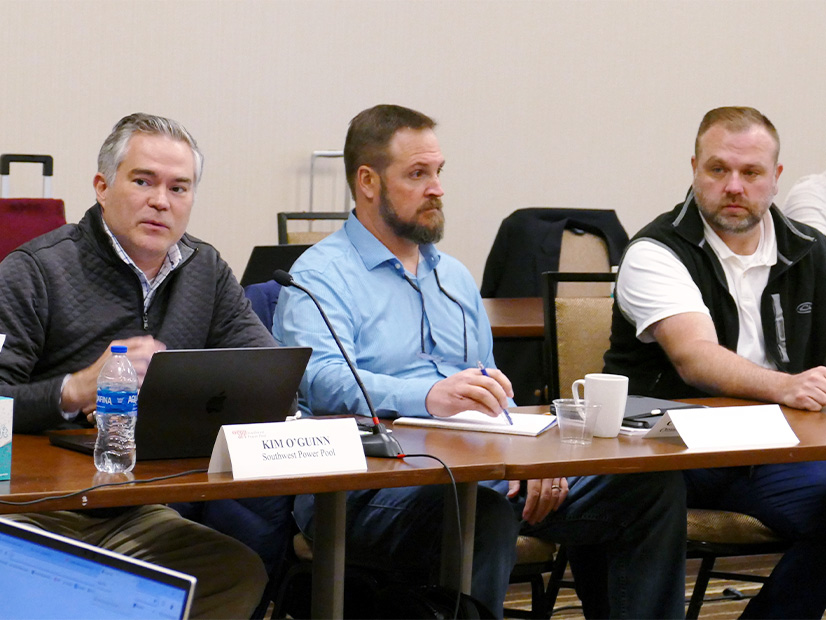
SPP and its stakeholders appear to be nearing consensus on two key parts of their resource adequacy work: establishing separate planning reserve margins (PRM) for the summer and winter seasons and setting up a fuel assurance mechanism.
The Supply Adequacy Working Group on April 22 overwhelmingly approved two revision requests and a so-called transition motion, all related to resource adequacy (RA). The first (RR621) would install a fuel assurance mechanism and the second (RR622) would set winter and summer PRMs of 33% and 16%, respectively.
Given SAWG’s approval of the two reserve margins, members also endorsed a transition motion that, should the PRM be increased, bases the deficiency payment on the sufficiency valuation curve for up to two years from the effective season. The Cost Adequacy Working Group (CAWG) also recommended consideration of a longer sufficiency valuation curve method if a higher PRM is approved.
“This, to me, looks like a win across the board. It’s not just a win for fuel assurance, it’s a win for the planning margin and a win for the transition [motion],” American Electric Power’s Richard Ross said during an April 26 education session held by the Resource and Energy Adequacy Leadership (REAL) Team.
“A lot of staff hours and stakeholder hours … went into [the PRM policy], a lot of discussion. And it took a lot of work to get to where we were,” said SPP’s Chris Haley, who is responsible for developing and managing RA policy items in the RTO’s footprint.
CAWG also took several straw polls — as did the REAL Team in its previous meeting — gauging members’ comfort with the winter PRM. They split, 9-9, on whether staff’s 36% and 16% PRMs are appropriate when determining seasonal balance of risk. Seven members voted to impose those PRMs and keep the sufficiency valuation curve in place for three years; seven others favored a 33%/16% base PRM for 2026 that transitions to 38%/17% in 2028 or 2029.
Casey Cathey, senior director of asset utilization, while pleased with the work so far, focused on approvals yet to come.
“I think the real straw poll we will seek is official approval by the REAL coming in this May time frame,” he said. “It really comes down to the overall seasonal balance of risk and making sure that we’re covering what real-world scenarios were already seen in the winter time frame and where the risk is shifting.”
The REAL Team next meets May 24 and again in June. It intends to bring both PRM options to the Board of Directors and Regional State Committee in August.
“We’re just trying to bring you some of our major policies and to educate everybody and try to bring everybody up to speed,” said the REAL Team’s chair, South Dakota Public Service Commissioner Kristie Fiegen. “Some of it’s really detailed, but I kind of feel like sometimes it needs to be detailed for us to understand it.”
The team met April 18-19 in Denver for what Fiegen called a “family conversation.” It was a candid discussion, after which REAL took straw polls on some of the issues discussed.
REAL Team members agreed a fuel assurance policy is needed and supported SAWG’s direction. They selected, in a 9-4 vote, a 36%/16% base PRM and favored developing a voluntary load-shedding provision as an option for making deficiency payments. Finally, the team supported a 50% incremental cold-weather outage.
Cathey said if a 33%/16% or 33%/18% base PRM ends up being a “palpable option” to stay within a 0.1 day/year loss-of-load metric, SPP needs to avoid “setting an anchor” for the 2026/27 time frame that would place the grid operator behind the curve in two or three years.
“The recommendation would be to spend the time to make sure that we’re all appreciative of what risk we’re actually taking on at both the 33%/16% or the 36%/16% positioning for seasonal balance of risk,” he said, “and trying to cover where the risk of the region is starting to shift.”


